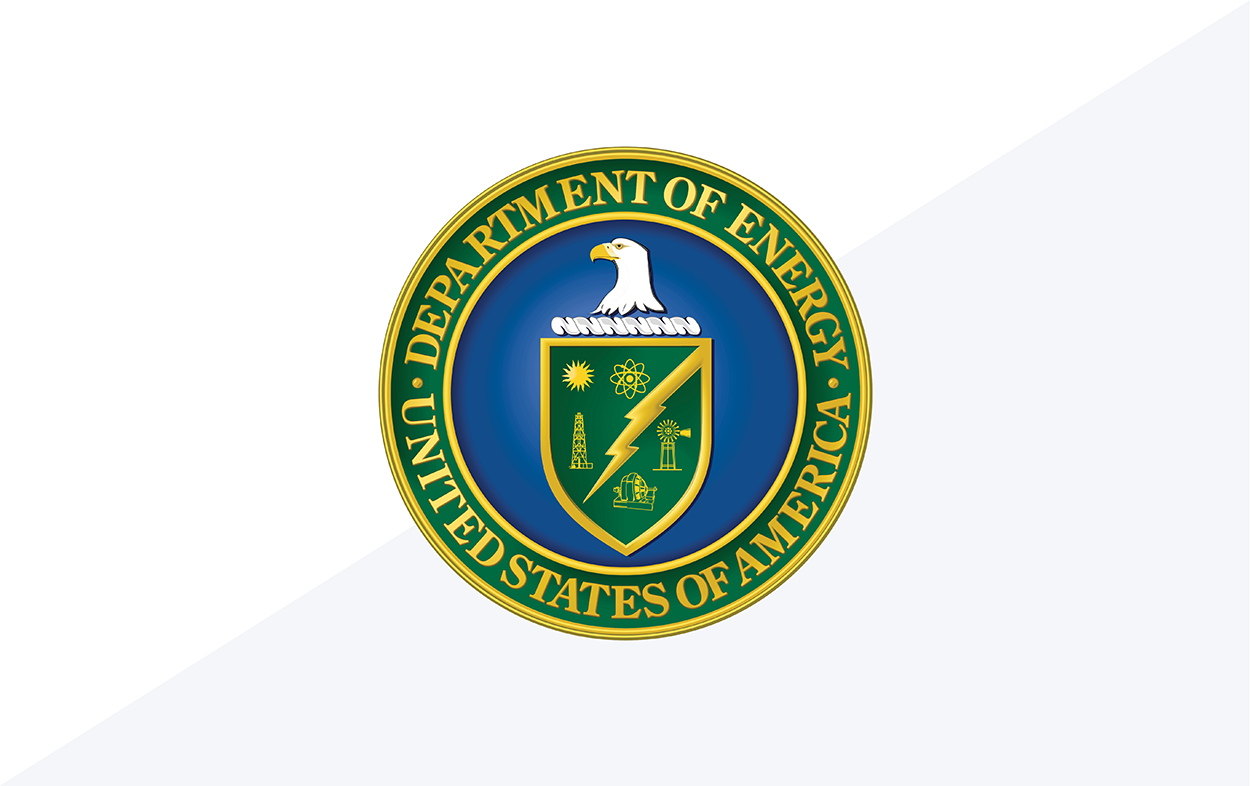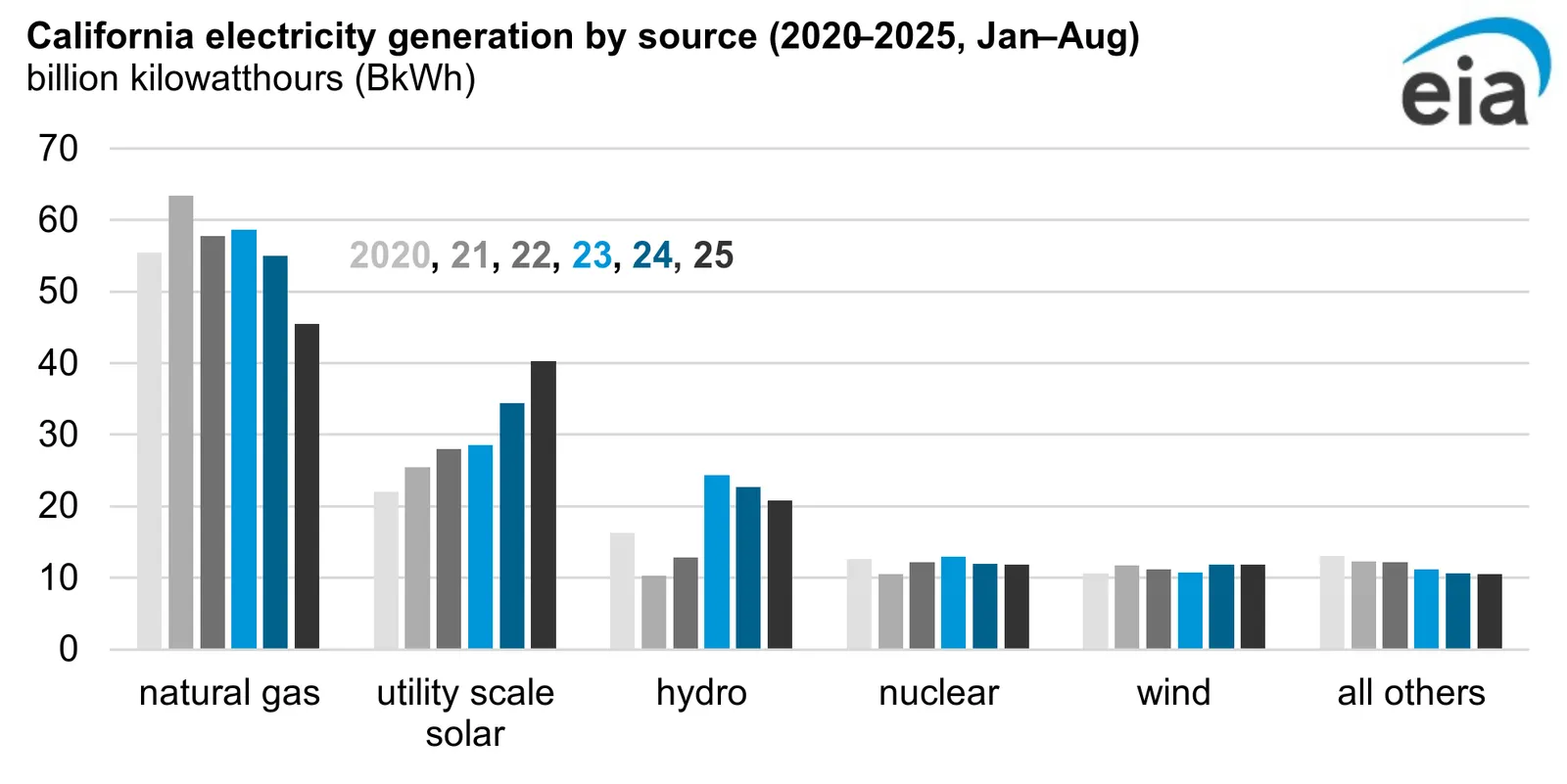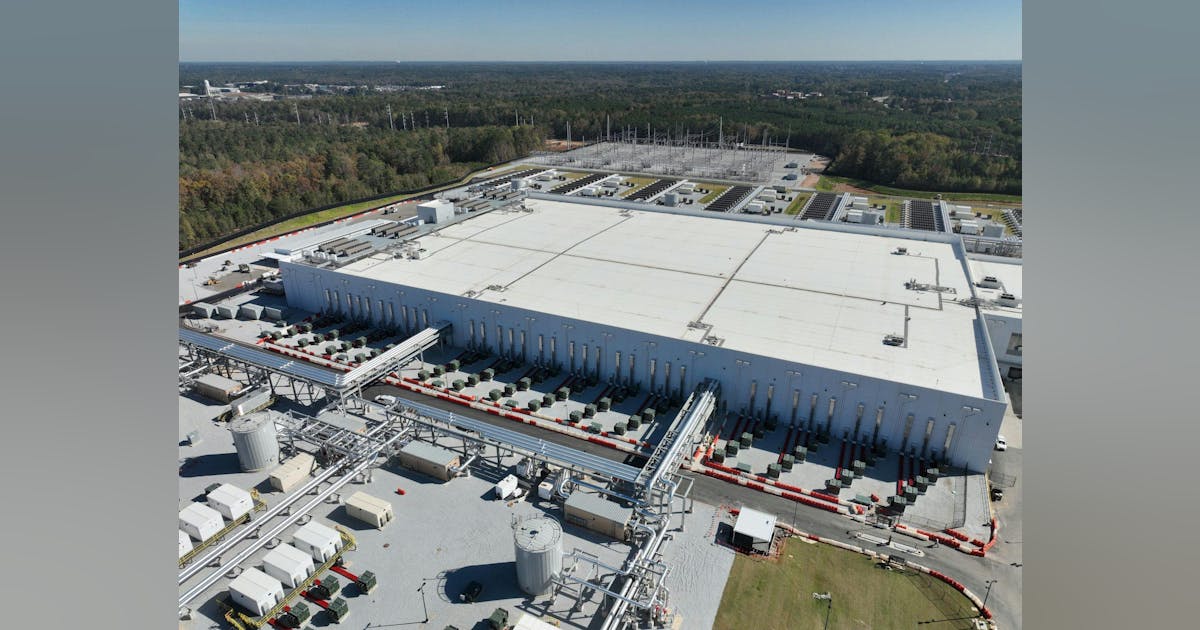
Emergency order increases grid stability, lowers energy costs, and minimizes the risk of energy shortfalls in the Mid-Atlantic region of the United States ahead of cold winter months.
WASHINGTON—U.S. Secretary of Energy Chris Wright today issued an emergency order to minimize the risk of blackouts in the Mid-Atlantic region of the United States. Secretary Wright’s order directs PJM Interconnection (PJM), in coordination with Constellation Energy, to ensure Units 3 and 4 of the Eddystone Generating Station in Pennsylvania remain available for operation and to take every step to minimize costs for the American people. The production of electricity from the units will continue to be critical to maintaining reliability in PJM over the coming winter months.
“Thanks to President Trump’s leadership, the Department of Energy is using all tools available to keep the lights on and heat running for the American people,” said Energy Secretary Wright. “This emergency order is needed to strengthen grid reliability and will help provide affordable, reliable, and secure power when Americans need it most.”
As outlined in DOE’s Resource Adequacy Report, power outages could increase by 100 times in 2030 if the U.S. continues to take reliable power offline.
Secretary Wright ordered that the two Eddystone Generating Station units remain online past their planned retirement date in a May 30, 2025 emergency order. Keeping these units operational over the summer strengthened energy security in the PJM region, as demonstrated when PJM called on the Eddystone Units to generate electricity during heat waves that hit the region in June and July. A subsequent order was issued on August 28, 2025.
PJM’s service area will continue to face emergency conditions both in the near and long term. In January 2025, PJM reached a new record peak for winter demand, exceeding the previous winter peak set in 2015.
This order is in effect beginning on November 26, 2025, and continues until February 24, 2026.
Background:
PJM has voiced resource adequacy concerns for years.
In its February 2023 report, PJM highlighted the increasing resource adequacy concerns and reliability risks in the coming years due to the potential timing mismatch between resource retirements, load growth and the pace of new generation entry.
In a December 2024 filing at the Federal Energy Regulatory Commission (FERC), PJM stated that its preliminary analysis shows “substantial increases” in load additions and that “its resource adequacy concerns are increasing at an extraordinary pace.” [i]
Finally, during a March 2025 hearing before the House Committee on Energy and Commerce, PJM’s President & CEO testified that there is a “growing resource adequacy concern . . . impacting a significant part of our country.” [ii]
[i] PJM Interconnection, L.L.C., FERC Docket No. ER25-712, Tariff Revisions for Reliability Resource Initiative at 10 (Dec. 13, 2024).
[ii] Keeping the Lights On: Examining the State of Regional Reliability, Before the H. Comm. on Energy and Com., S. Comm. on Energy, 119th Cong. (Mar. 25, 2025) (testimony of Mr. Manu Asthana, President and CEO of PJM Interconnection) (Asthana Test.) at 4-5, available here.





















